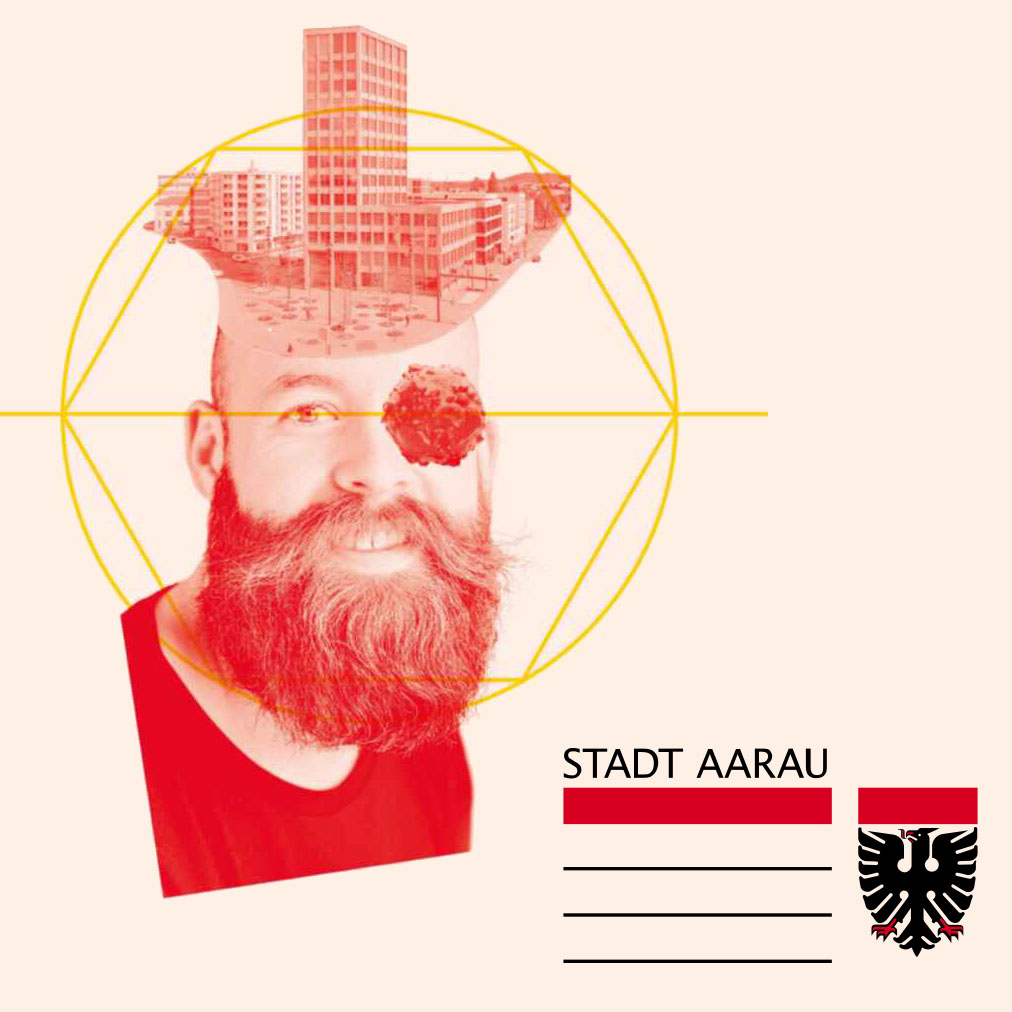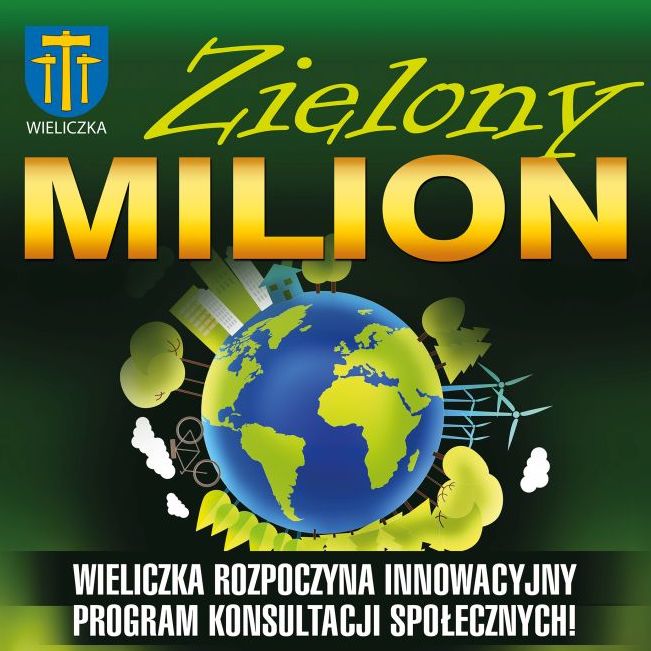The Method of Equal Shares is a fairer voting rule for participatory budgeting.
It provides proportional representation and allows every voter to decide about an equal part of the budget.
Key Benefits
- The method is simple to understand and to explain.
- Can be used in any participatory budgeting process, no matter the scale.
- Theoretical guarantees that all interest groups will be represented in the outcome.
- Better reflects voter preferences across project categories.
- The voting experience is unchanged: the Method of Equal Shares works with all standard ballot types (approvals, knapsack voting, rankings, distributing points, etc.)
- Increased transparency: voters can see how their vote influenced the election.
- Straightforward to implement in any software system.
developed and studied by researchers at universities around the world



Method of Equal Shares in cities in 2023
Many cities are using Participatory Budgeting to give residents a say in how public money is spent. The city government sets aside a part of its budget, allows anyone to propose projects, and then holds an election to decide which projects will be funded.
Voting is a great way to involve many citizens in the budget decision. However, the outcome of the election is not always fair. Because many cities simply choose the projects with the most votes, the budget is often spent on several similar projects that are popular with the same majority group of voters.
There is a voting system that leads to fairer outcomes, where each voter has an equal influence on the
election outcome:
The Method of Equal Shares.
Cost: €200 000
Cost: €70 000
Cost: €50 000
Cost: €600 000
Cost: €100 000
Cost: €800 000
Cost: €65 000
The Main Idea
The basic idea of the Method of Equal Shares is that each voter is assigned an equal part of the budget. This part of the budget can only be used to fund projects that the voter has voted for. The method goes through all project proposals, beginning with the projects with the highest number of votes. It selects a project if it can be funded using the budget shares of those who voted for the project. The method divides the cost of a project equally among its supporters.From the perspective of a voter, the voting experience is unchanged: they just need to fill out a ballot and select which projects they want to vote for. The Method of Equal Shares is then computed by the city (using one of the open-source implementations of the rule), thus making sure that the budget is spent fairly.
What to Find on This Website
About This Website
This website was constructed and is maintained by Dominik Peters (CNRS, Université Paris Dauphine-PSL) and Piotr Skowron (University of Warsaw). Its purpose is to collect resources about the Method of Equal Shares and to provide an explanation of the method to interested members of the public, to city officials, and to researchers.





